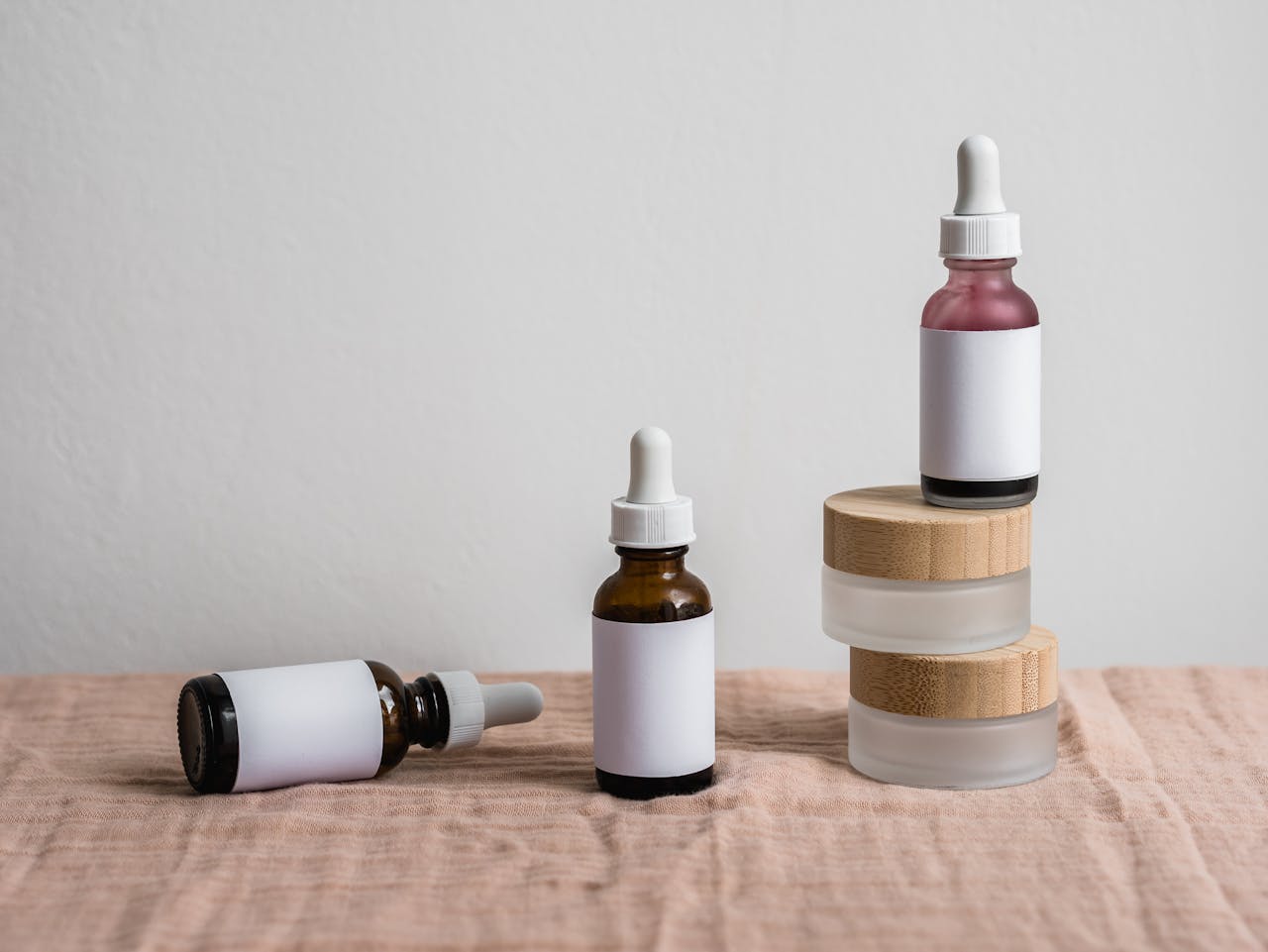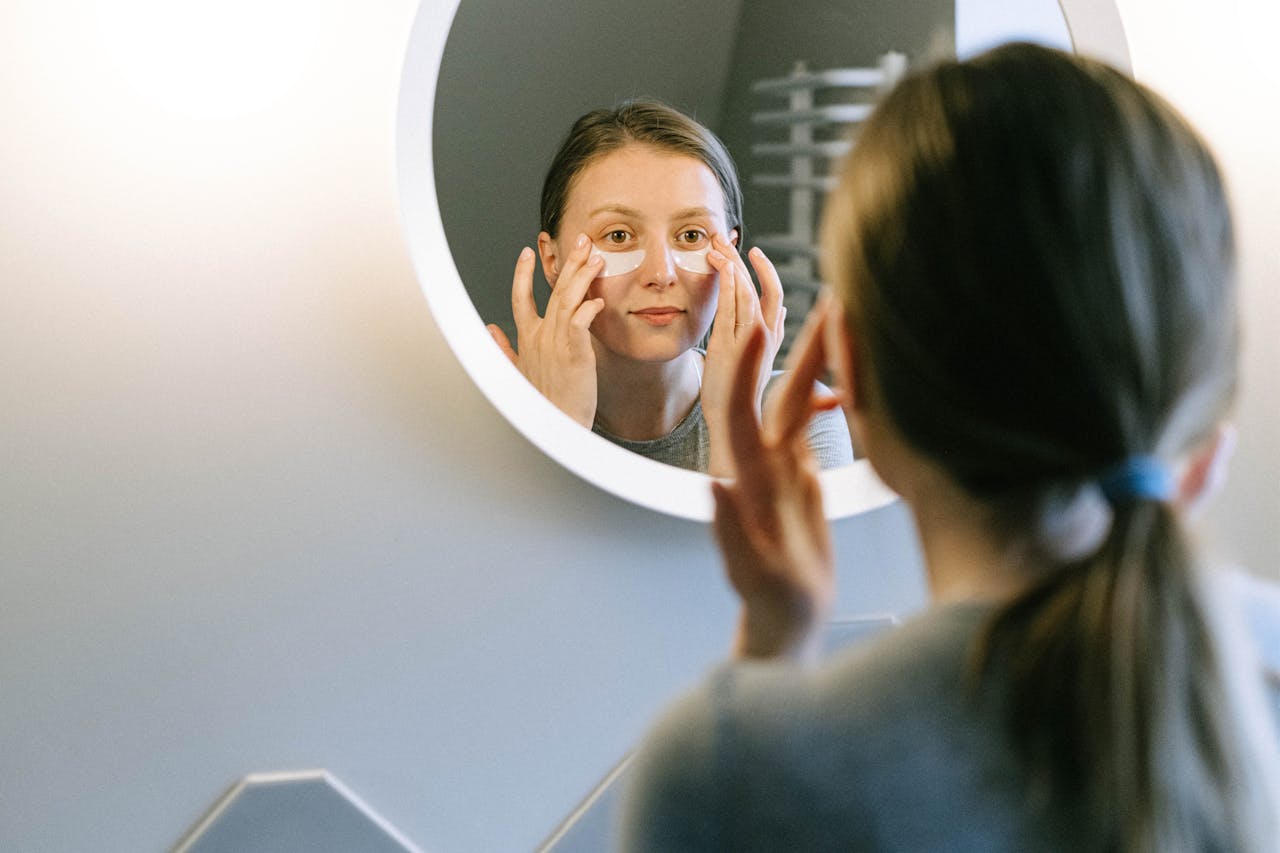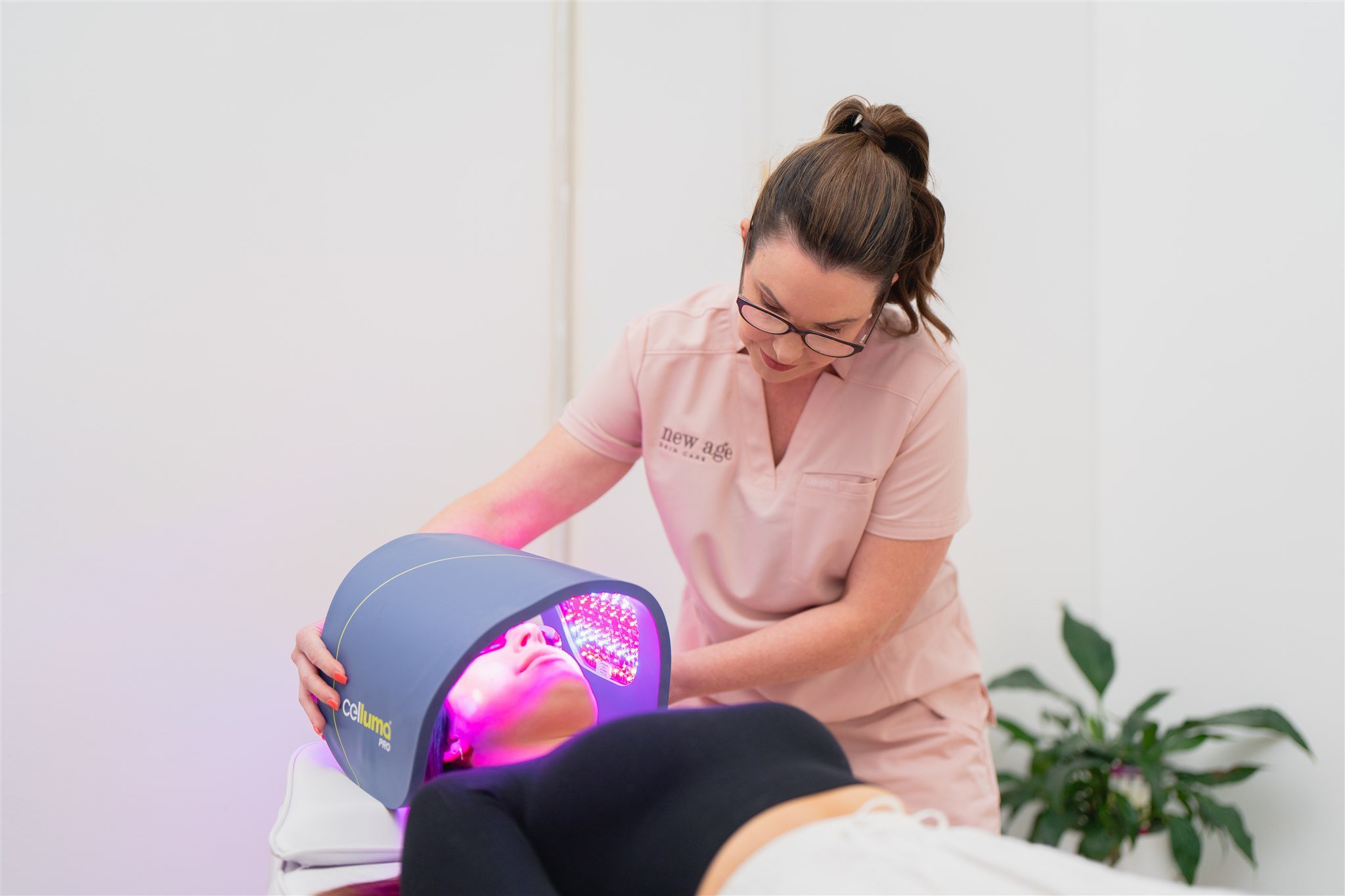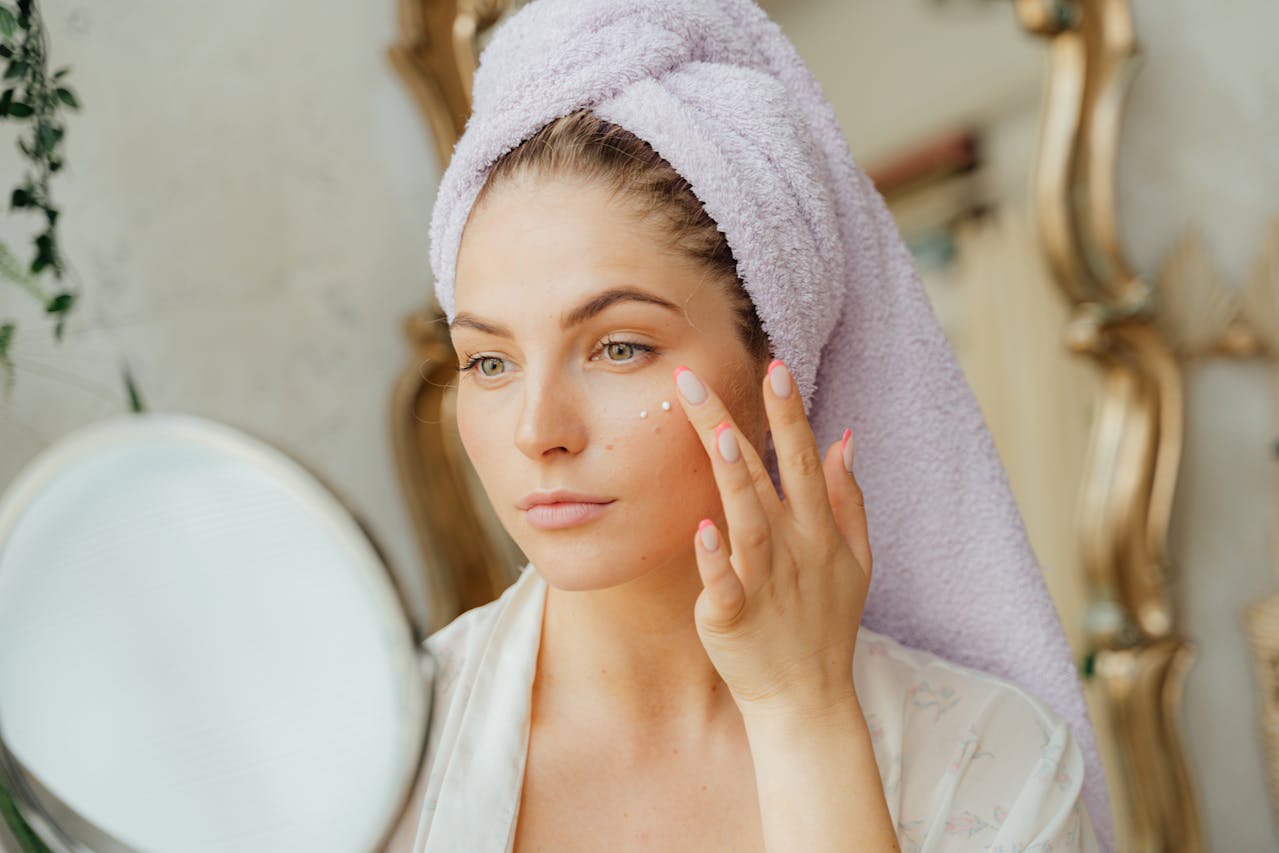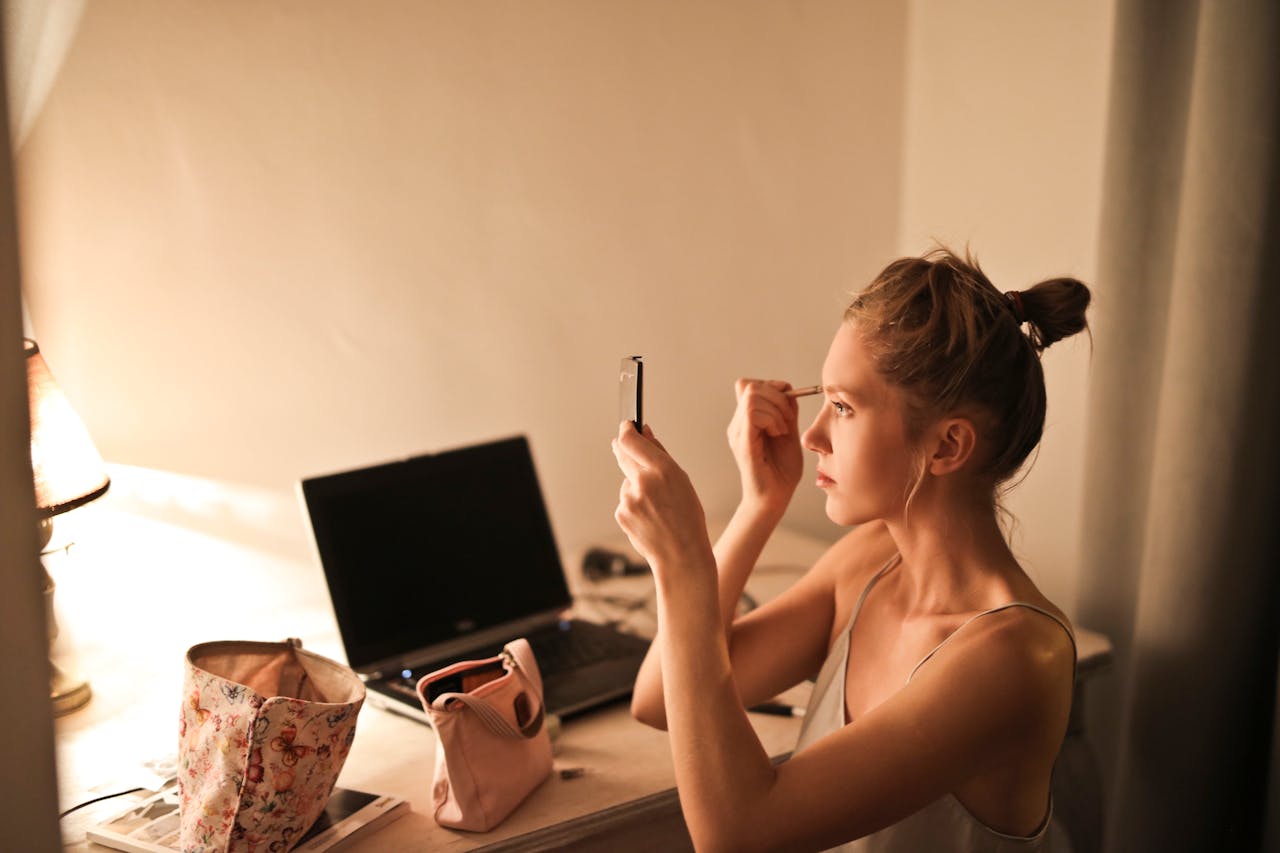Skincare Hacks: How Beauty Patches Are Revolutionizing Self-Care
Skincare has evolved significantly since its inception, as ancient remedies such as honey and olive oil were commonly used for maintaining healthy skin. Throughout the years, the field of skincare has evolved significantly, particularly in recent decades. Due to advancements in science and the need for personalized solutions, the market now offers a wide range of innovative products to address various skin issues. Read more about skincare hacks.
Today, consumers desire products that are fast, efficient, and user-friendly, while also seamlessly integrating into their hectic lives. The increasing demand for effectiveness has led to the development of creative skincare shortcuts, with beauty patches emerging as a recent and highly successful option. These patches provide specific care for different issues such as acne, hydration, and anti-aging, without the need for time-consuming traditional skincare routines. They directly transport active ingredients to troubled areas, effectively saving time and producing visible outcomes.
Beauty patches, initially popularized in South Korea, have rapidly gained popularity across the U.S. as part of a broader shift toward simplified self-care. They are increasingly being recognized for their ability to offer powerful, focused treatments for specific skincare needs, from acne to wrinkle prevention. As consumers continue to prioritize both results and convenience, beauty patches are quickly becoming a must-have item, driving a revolution in the way we think about self-care and skincare technology.
What Are Beauty Patches?
Beauty patches are an innovative skincare solution that delivers targeted treatment to specific skin concerns. These small, adhesive patches are designed to address issues such as acne, fine lines, and dehydration by infusing active ingredients directly into the skin. The patches adhere to the skin, allowing ingredients like salicylic acid, hyaluronic acid, or retinol to penetrate more effectively than traditional creams or serums.
There are several types of beauty patches, each tailored for different skincare needs:
Acne Patches: Often made with hydrocolloid, these patches absorb pus and excess oil from pimples while protecting the area from bacteria, promoting faster healing.
Anti-Aging Patches: These patches typically contain ingredients like retinol or peptides to help reduce the appearance of fine lines and wrinkles, particularly around sensitive areas like the eyes and mouth.
Hydrating Patches: Packed with ingredients like hyaluronic acid, these patches provide intense moisture to dry or irritated skin, making them ideal for under-eye areas or dry patches on the face.
Beauty patches provide a more targeted approach compared to traditional skincare products, making them a convenient choice for individuals with hectic schedules or those looking for quick outcomes. They serve as an effective shortcut in skincare by avoiding the hassle and time required for lotions and serums, often producing quicker, noticeable results, thus playing a major role in the current skincare transformation.

Science Behind Beauty Patches: How They Deliver Results
Beauty patches use innovative skincare technology to deliver active ingredients directly to the skin. Two key technologies at the core of beauty patches are hydrocolloid and microdarts, both designed to enhance the skin’s ability to absorb ingredients while addressing specific skin concerns.
Hydrocolloid patches, originally developed for wound healing, are especially useful for acne treatment. They work by creating a moist environment on the skin that draws out impurities like oil and pus from blemishes. This not only reduces inflammation but also helps to protect the area from bacteria and external irritants, speeding up the healing process. These patches are often used for acne but are also beneficial for other forms of irritation on the skin.
Microdart patches are a more sophisticated type of skincare technology. These patches have small needles that dissolve, carrying active ingredients such as hyaluronic acid or salicylic acid. The microdarts pierce the outer skin layers to transport ingredients to deeper levels compared to topical creams or serums. This technique enables more efficient addressing of underlying issues like wrinkles, dark spots, or cystic acne. The microdarts dissolve without causing pain, ensuring a comfortable and effective experience.
The benefit of beauty patches lies in their targeted application. Instead of applying products over the entire face, patches focus on specific areas, making them a convenient and quick solution for skincare needs. Whether it’s acne patches, hydrating patches, or anti-aging patches, these tools offer a precision approach that helps to revolutionize self-care.
Types of Beauty Patches and Their Benefits
Beauty patches come in various forms, each designed to target specific skincare concerns, making them a versatile tool in any self-care routine.
Acne Patches: These are small, adhesive patches primarily made with hydrocolloid, which helps absorb excess oil and pus from pimples. Acne patches are effective for treating breakouts by creating a protective barrier over the blemish, reducing inflammation, and promoting quicker healing. Some versions include additional ingredients like salicylic acid to further enhance acne-fighting properties.
Anti-Aging Patches: These patches contain ingredients like retinol, peptides, and hyaluronic acid to focus on reducing the appearance of fine lines and wrinkles. They function by transmitting these active components directly into the skin to increase collagen production and enhance skin elasticity. Anti-aging patches are commonly applied before sleep to lessen appearance of aging around forehead and under eyes as time goes on.
Hydration Patches: Hydration patches are designed to moisturize and soothe dry or irritated skin. Infused with ingredients like hyaluronic acid, they provide intense moisture to dehydrated areas. These patches are especially useful for areas that need extra care, such as under the eyes or around dry patches, helping to lock in moisture and improve overall skin texture.
Brightening Patches: These patches focus on reducing hyperpigmentation and dark spots. Ingredients like vitamin C, niacinamide, or licorice root extract are commonly used to brighten and even out the skin tone. Brightening patches can help fade dark spots caused by sun exposure or acne, offering a more radiant complexion with consistent use.
The Convenience Factor: Why Busy Americans Love Beauty Patches
Beauty patches have become a go-to solution for busy individuals, offering a quick and effective way to maintain skin health without needing extensive routines. One of their biggest appeals is the time-saving benefits they provide. Whether you’re using acne patches, hydrating patches, or anti-aging ones, these patches deliver targeted treatment in minutes. You can simply apply them and go about your day, allowing the active ingredients to work while you focus on other tasks.
For individuals always on the go, beauty patches are easily carried around as well. These compact patches can be conveniently carried in any bag or purse, ideal for on-the-go use whenever needed. Beauty patches enable you to maintain your skincare regimen without interruption, whether you’re on the go, at work, or doing errands. They are created for ease, particularly for individuals with hectic schedules who are unable to commit to lengthy skincare regimens.
Additionally, beauty patches are ideal for travel. Their compact design and single-use nature make them easy to pack without worrying about spills or bulky containers. Whether you need an acne treatment on the go or an anti-aging boost while flying, beauty patches provide effective solutions without the need for multiple products.
Beauty Patches vs. Traditional Skincare: Which Is Better?
When comparing beauty patches to traditional skincare products like creams, serums, and masks, each has its benefits. Beauty patches are designed for targeted treatments, delivering active ingredients directly to specific problem areas, such as acne or fine lines. They provide a skincare hack for addressing immediate concerns like breakouts or dehydration without covering the entire face. Traditional skincare products, like creams and serums, offer broader benefits by treating the whole face over time, making them ideal for routine maintenance.
Beauty patches may be more effective for certain issues when it comes to their efficiency. For instance, acne patches composed of hydrocolloid have the ability to soak up pus and decrease swelling at a quicker rate than cream spot treatments. In the same way, anti-aging patches containing microdarts can better penetrate the skin to enhance the effects of ingredients like retinol, as opposed to creams applied at the surface level. Nevertheless, patches are typically created for temporary use, whereas creams and serums are better suited for improving long-term skin wellness.
Regarding cost and frequency, beauty patches are typically more expensive per use than traditional skincare products because they are single-use and highly targeted. However, they can be worth the investment for those needing quick, visible results for specific issues. Traditional products tend to last longer, making them more cost-effective for regular use. Ultimately, beauty patches are a valuable addition to a skincare routine but may not entirely replace the benefits of creams, serums, or masks.
Incorporating both into a routine can maximize the benefits of skincare technology while catering to immediate and ongoing skincare needs.

Future of Skincare: What’s Next for Beauty Patches?
The future of beauty patches is brimming with exciting possibilities as new technologies and innovations continue to emerge. One major trend is the development of customizable patches, allowing users to tailor patches based on their specific skin needs, such as hydration, anti-aging, or acne treatment. These customizable patches can be adjusted to include the right ingredients and intensity, providing a more personalized skincare experience.
Another upcoming development includes beauty patches driven by technology. These patches utilize technology such as microcurrents and sensors to monitor skin conditions, providing immediate feedback and customizing treatments. One example could be patches with Bluetooth connection to a mobile app, tracking hydration levels or acne presence, and providing specific treatments when necessary.
With the advancement of beauty patches, they are expected to be more commonly incorporated into everyday skincare regimens. Picture patches created to be worn overnight or underneath makeup without being obvious, providing a convenient option for skincare while on the move.
Additionally, the future of beauty patches is not limited to skincare. There is potential for patches to expand into other areas of wellness, such as stress relief or sleep improvement. For example, wellness patches infused with calming ingredients like lavender or CBD could help manage stress, while others might focus on boosting energy or aiding sleep quality.
These emerging innovations in skincare technology show that beauty patches are here to stay, providing even more benefits in the realm of self-care tips and overall wellness.
Conclusion
Beauty patches provide a simple and efficient solution for targeting individual skincare issues such as acne, moisturization, or combating signs of aging. When deciding on a patch, take into account what your skin requires, such as targeted treatment or intense moisturization. Try out various types to discover the most effective one and embrace the advancements in modern skincare!

